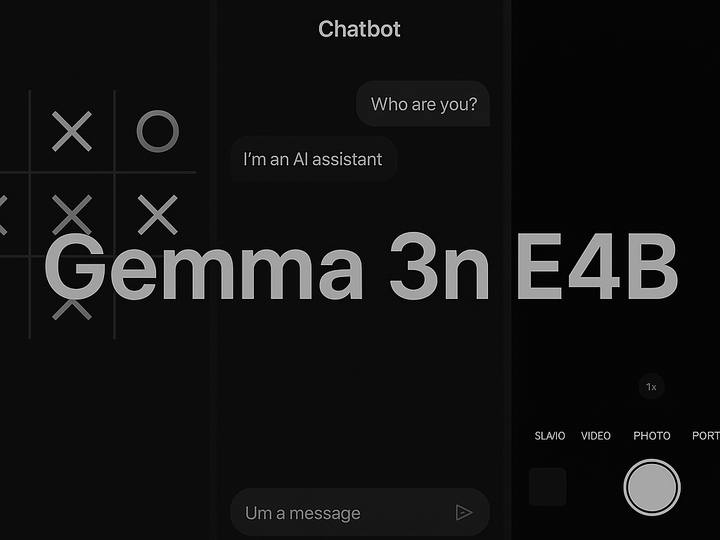What to Check While Vibe Coding with Cursor
All in one cursor using guide your great vibing session

When you’re in the flow—music on, coffee in hand, and vibe coding in Cursor—the last thing you want is a exausting request, a sluggish response, or an AI that hijacks your style. Here’s a quick pre-flight checklist so you can stay in the groove and let the models do the heavy lifting.
1. Peek at Pricing & Updates First
Before you fire off that massive refactor request, open Cursor Models page and glance at the latest model prices and release notes. Cursor rolls out new versions and updates pricing quietly; you don’t want to discover a cheaper, faster model after you’ve blown through your quota. Five seconds here saves hours of your remorse later.
2. Keep One Eye on the Usage Dashboard
The Usage tab in Cursor Account Dashboard is your odometer. Watch those tokens tick up in real-time so you know when to throttle back or switch to a thriftier model. Nothing kills a coding vibe like hitting the hard cap in the middle of a coding session.
3. Choose the Right Model for the Moment
| Scenario | Go-To Model | Why |
|---|---|---|
| Tiny edits, quick regex, boilerplate comments | Gemini 2.5 Flash | Lightning fast & budget-friendly. |
| Multi-file feature, API wiring, 90% done work | Gemini 2.5 Pro | Great balance of speed and depth. |
| Pixel-perfect UI tweaks, CSS sorcery | Claude Sonnet 4 | Has strong frontend intuition. |
| Backend CRUD, sticking to your style | O4-mini | Mimics your patterns, 80% done out-of-the-box. |
| Green-field backend redesigns | O3 | Brilliant, but expects you to keep up with its grand vision. |
Max Mode (when you just need it done)
- Claude Opus 4: 98-99 % accuracy, respects your style, returns an executive summary you can paste into the PR description.
- O3 Pro: Currently slow and judgy; treat it as “early access” until the devs tame it.
4. Follow the Cursor Rules
Cursor’s inline buddies are powerful but opinionated. A few quick guidelines:
- Find base level cursor rules for your framework and add it in .cursor/rules/<your_project>.mdc. Use this link for basic cursor rules files https://github.com/PatrickJS/awesome-cursorrules and fine tune it as per your need.
- If needed keep category based cursor rules and add it in chat context explicitely
- Mentioning Project type and structure helps a lot. Like "It's nextjs project with tailwindcss and shadcn UI"
- Remove all unnecessary files using .cursorignore. node_modules, venv, .next, etc.
- Verify in Cursor setting -> Indexing and Docs
- With file reduced to just your code it can fit it context of model and gives precise answers
- Having md file for API documentation on what you are trying to build just makes it a whole lot easier for AI and things get done mostly in one prompt.
Stick to these and your AI pair-programmer stays crisp and relevant.
5. MCP Servers
MCP can make things easier for you in some cases.
Like
- Context7: When you are on too old project or just release new version. Just add use context7 in your prompt and good to go. AI will find what you want and implement it. Link: context7
- Pollinations: Implementing frontend and want some images but not want to search for it in internet try mcpollinations. Link: MCPollinations
- Don't use Figma MCP: Just send the image instead. Because Most designers won't follow proper design system which will make context whole lot bigger and crosses context limit. 90% of time it doesn't work.
Quick Recap Checklist ✔️
- Pricing & Release Notes - Keep watch for new comers and price changes
- Usage Dashboard - watch token burn.
- Model Match - pick the right brain for the job.
- Cursor Rules - Your Project Your Rules
- MCP - Better Context for your vibe coding session
Dial these in, and start vibing may Cursor keep the rhythm while you focus on crafting great software. Happy vibe coding!



Comments ()